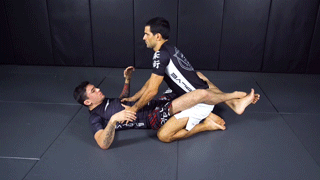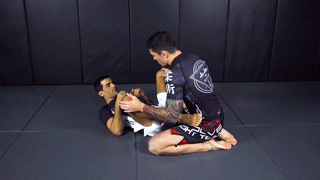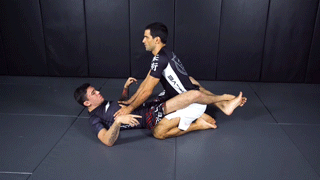“Guest post by Evolve Vacation. The Evolve Vacation Program offers travelers the rare opportunity of a lifetime to combine a tropical vacation under the sun with authentic training under World Champions. You can train at one of the world’s most famous mixed martial arts academies, Evolve MMA, and also enjoy the exotic hidden treasures of the beautiful tropical island of Singapore. Evolve Mixed Martial Arts® is Asia’s top martial arts organization. It is our mission to deliver the best martial arts instruction available anywhere on the planet. Our award-winning instructor team includes authentic World Champions in Muay Thai, Brazilian Jiu-Jitsu, Mixed Martial Arts, Boxing, Wrestling, No-Gi Grappling, and more. We have been consistently ranked as the #1 martial arts organization in Asia by CNN, Yahoo! Sports, FOX Sports, ESPN StarSports, Tokyo Times, MMA Mania, The Fight Nation, Asian MMA, Combat Asia, MiddleEasy, and many other leading authorities. Evolve MMA ranks among the very best in the world”
What do BJJ and MMA legends Imanari, Sakuraba, Shinya Aoki, Eddie Bravo, Ryan Hall and Dean Lister have in common? Not only do they have nasty submission games, they’re masters of one of the most taboo submissions in BJJ history – the leg lock. What was once a Judo and Catch Wrestling technique, the leg lock has seen increasing popularity in the BJJ competition scene in the last couple of years.
The leg lock is an effective yet dangerous submission that puts pressure on your opponent’s Achilles, foot and knee. If you’ve practiced this technique in BJJ class or had someone submit you with it during sparring, you’d know just how much pain tolerance you’d need to resist tapping to a leg lock. If you’re looking to add the leg lock to your arsenal of submissions, you’re in luck. Today, Evolve Daily shares 4 Things You Must Know About Leg Locks:
1) There are 6 ways to finish a leg lock

The toe hold, foot lock, ankle lock, heel hook, calf slicer, heel hook, and knee bar are all different ways to finish a leg lock. Depending on your preference and the position of your opponent’s foot, you can use one of these finishes to submit your opponent. If you are a white, blue or purple belt, you need to wait until you get your brown belt before you try out the toe hold and knee bar. When trying out a leg lock for the first time, try to go into it slowly. A leg lock is difficult to escape, and could potentially cause a lot of injury to your opponent.
2) The correct pressure points

When executing a leg lock, your opponent should feel pressure in the right areas, depending on the submission you want to finish with. For heel hooks and foot locks, you must feel pressure in your ankle, foot, Achilles and knee. For knee bars and leg locks, obviously, you must feel pressure in the knee and legs. Be sure to apply constant pressure with your torso and arms as you squeeze and finish the position and use your legs to trap your opponent’s. If you feel like your opponent’s leg is loose at any point, you’re probably doing the submission wrong.
3) Don’t forget to hide your foot

When you go for a leg lock, chances are, you’ll probably be in a situation where your own foot is exposed. This is dangerous because it makes you vulnerable to getting submitted yourself. Don’t forget to hide your feet and make it a point to move them out of your opponent’s reach when you go for a foot lock. As with all submissions, you should always think a few steps ahead of your opponent and think of your next move should he/she escape out of the leg lock.
4) Good control could make all the difference

If you don’t have good control over your opponent, chances are, he/she could probably spin out and escape from your leg lock. If you want to finish with a heel hook, foot lock or ankle lock, the foot must be deep enough in your armpits to ensure that you’d be able to submit your opponent. However, if you have your opponent’s foot too deep inside, you wouldn’t be able to put pressure in the right places.
There’s no doubt that adding the leg lock to your game would certainly benefit you, especially if you’re a guard player. As with all new techniques, you should drill the leg lock with a partner using minimal resistance on both ends before using it in sparring. So tell us, which of these tips helped you the most today?
The post 4 Things You Must Know About Leg Locks appeared first on Jiu-Jitsu Times.
